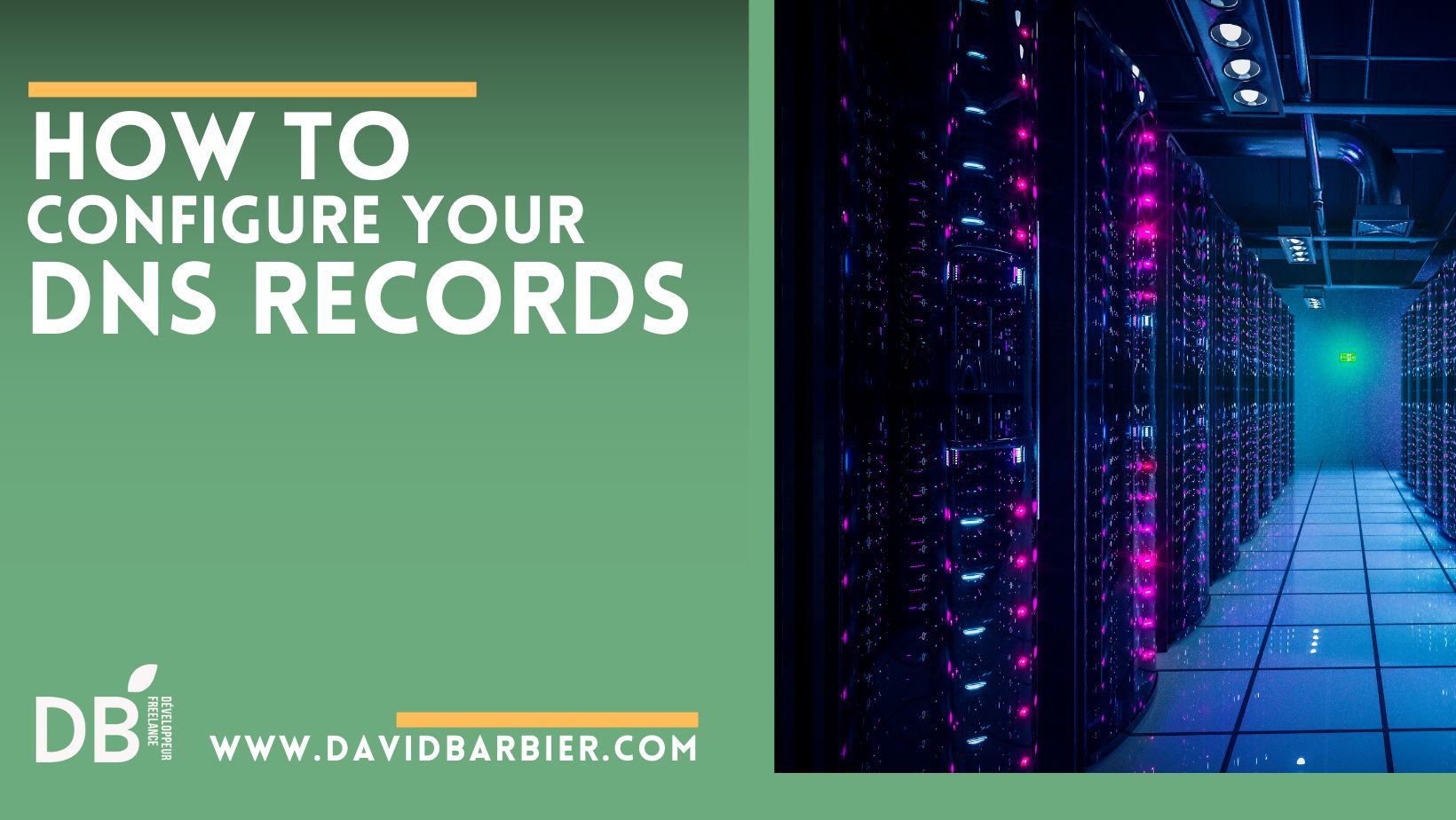· blog · 2 min read
Guide for Effective DNS Configuration
How to make a efficient DNS configuration ? I'll answer quickly here.

While setting up the DNS records for Laetitia’s website - lbg-expertise.com, I thought it would be useful to create a guide to ensure you have an optimal configuration.
Why Should You Care About DNS?
Think of DNS as the Internet’s GPS. It guides clients to your digital business by translating technical IP addresses (like 133.143.3.12) into user-friendly domain names (like www.facebook.com), and vice versa. Poor DNS configuration can lead to navigation issues to your site or problems in email delivery.
Tips for Proper DNS Record Configuration
For Your Website:
Reliable Redirects with A and CNAME Records:
- Check your A and AAAA DNS records. They should precisely point to your server’s IP address.
- Use CNAME records to effectively manage subdomains and facilitate redirects to your main domain.
Preventing Security Issues:
- Implement DNSSEC to protect your site from attacks and ensure the integrity of your redirects.
For Your Mail System:
Goodbye to Spam with Properly Configured MX and PTR Records:
- Ensure that your MX records correctly point to your mail servers.
- PTR records are crucial for the reputation of your server and to prevent your emails from being marked as spam (however, in most cases, individuals and businesses cannot manage this type of record; it’s typically handled directly by your hosting provider).
Strengthening Email Authenticity:
- Use SPF and DKIM (through TXT records) to authenticate your emails and minimize the risks of phishing and rejection.
Conclusion
Don’t let poor DNS configuration undermine your communication and marketing efforts. Spending some time and attention on your DNS setup can make a significant difference in how your clients interact with your business online. Optimize your DNS and pave the way for clear and effective communication, for both your website and your emails.
